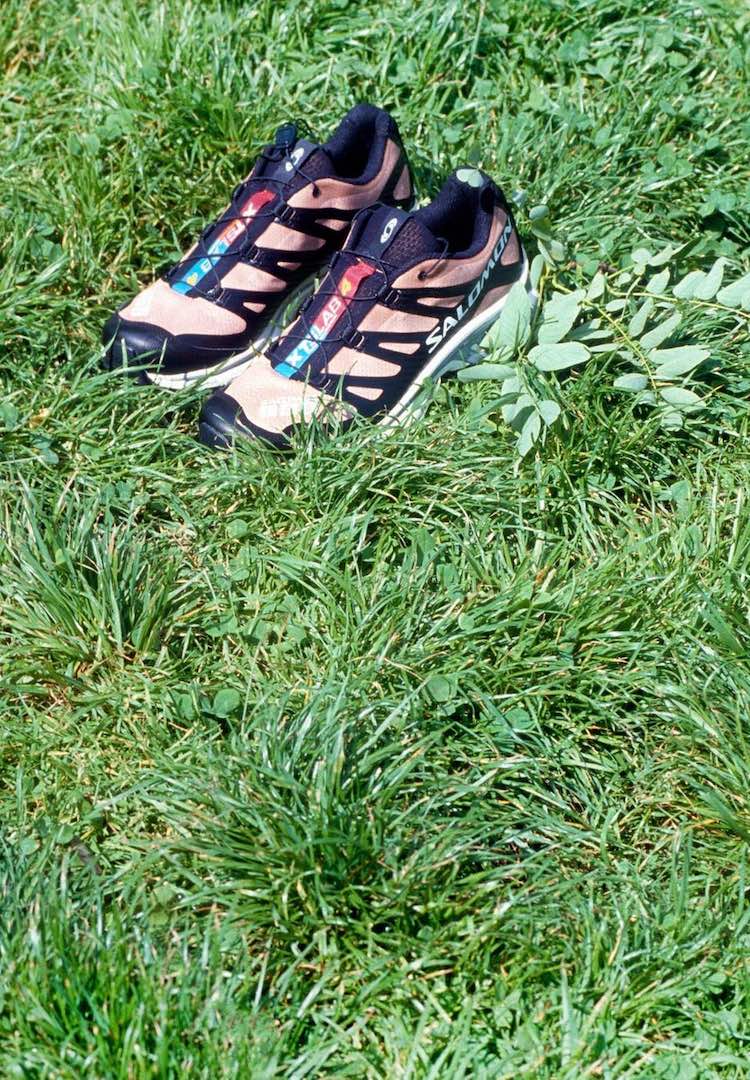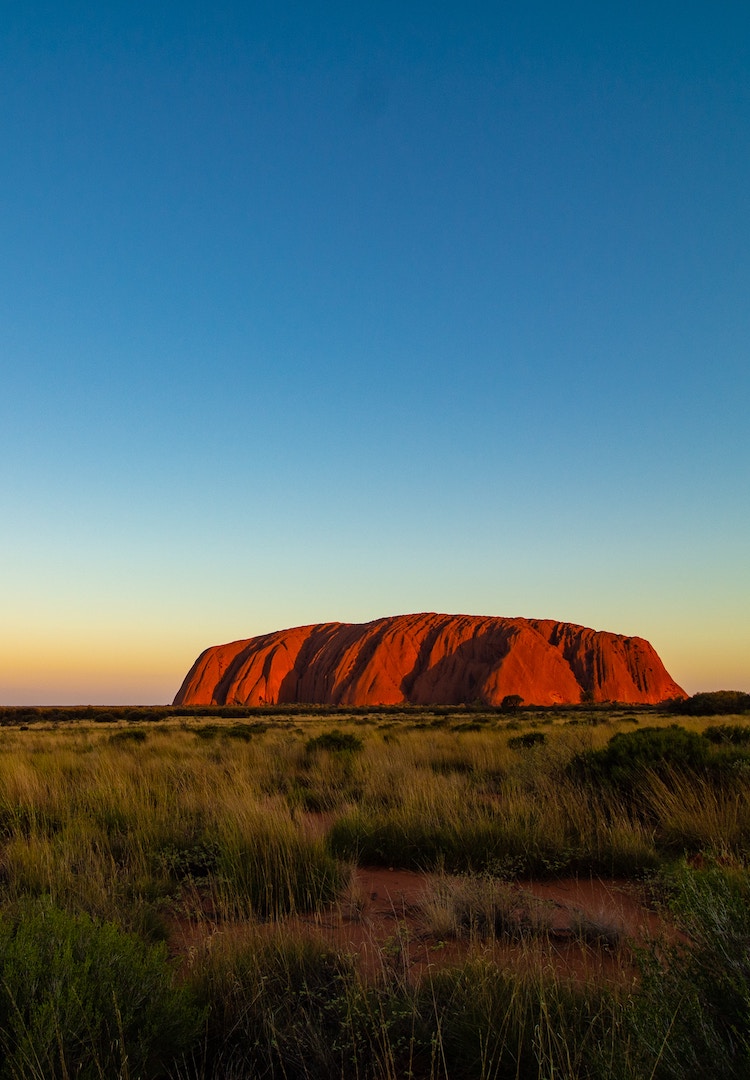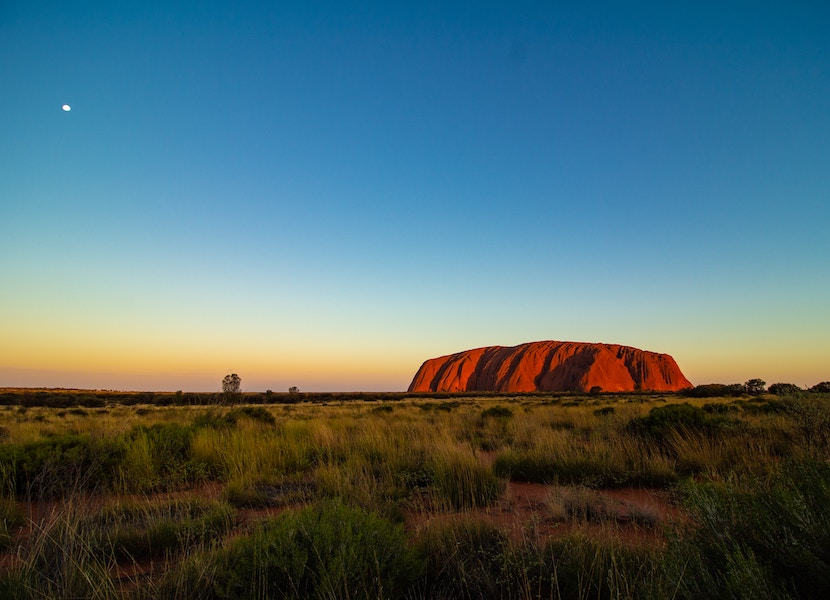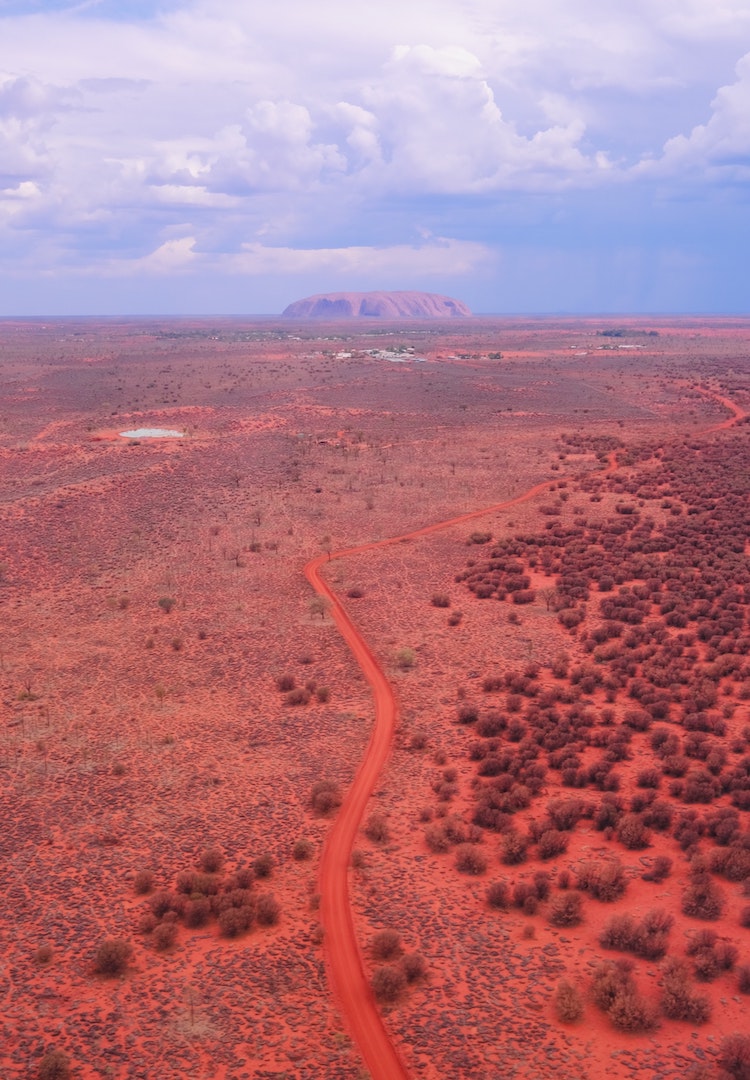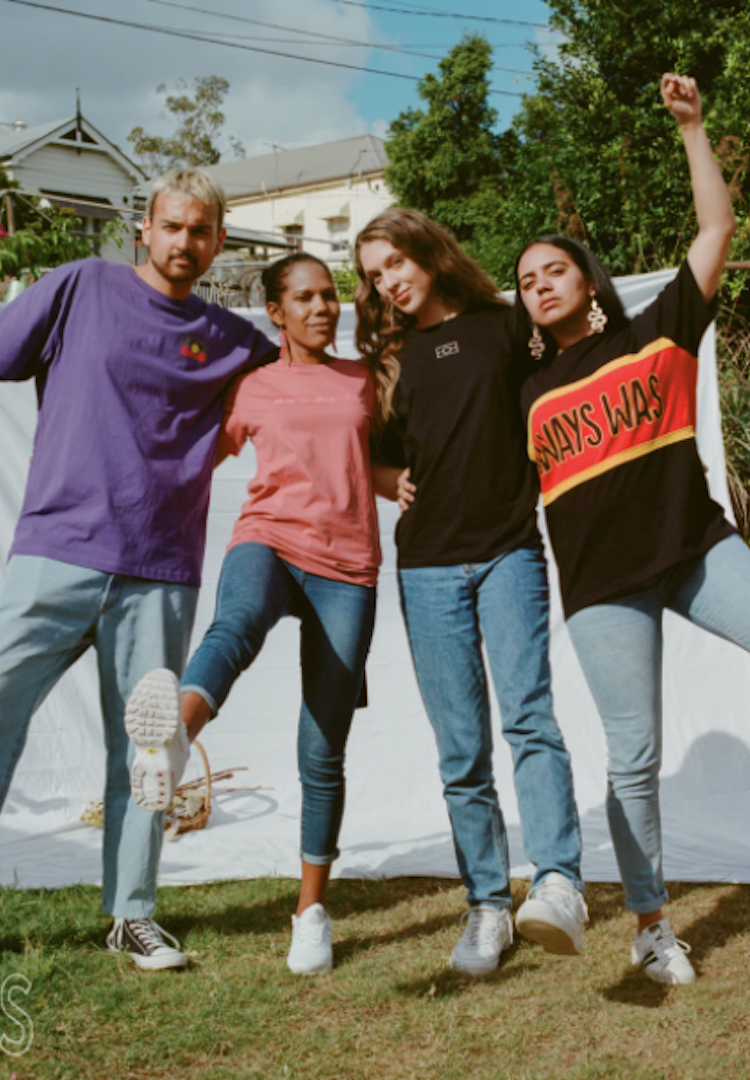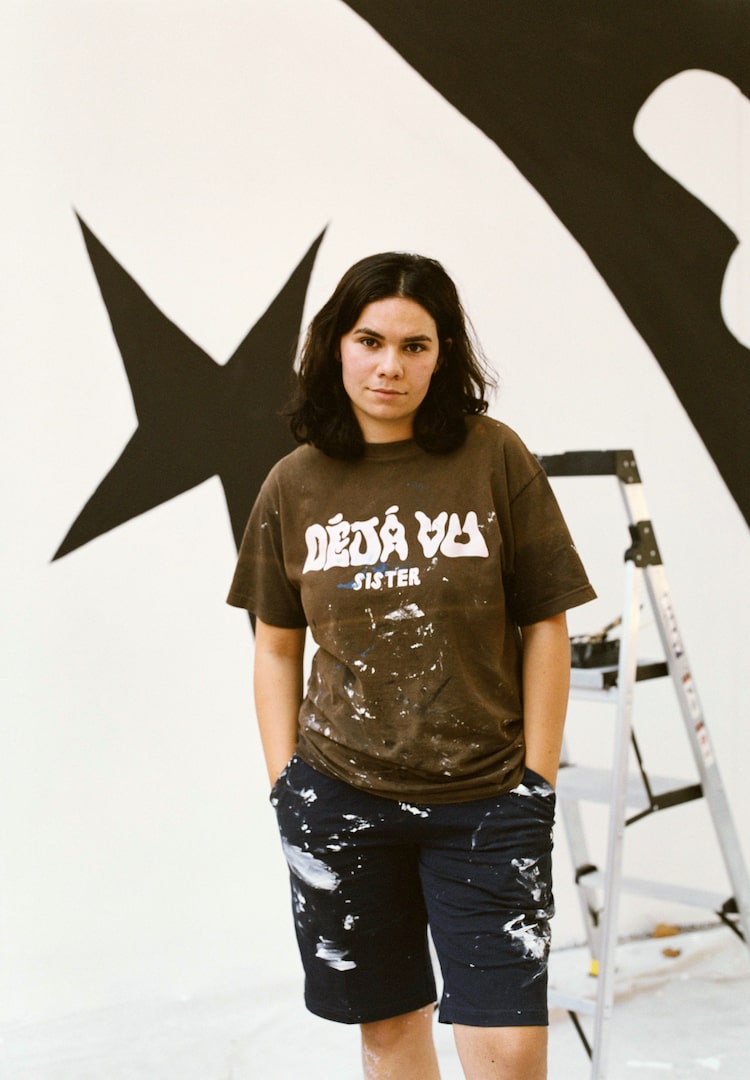Your guide to the upcoming Voice to Parliament referendum
WORDS BY FASHION JOURNAL
What you should know before voting.
As you most likely know, Australians will be voting in a referendum on a Voice to Parliament on October 14. As the last federal referendum took place in 1999, for most people reading this it’s probably a first.
For other perspectives on the people around us, tap through to our Life section.
This constitutional amendment has been discussed in Australian parliamentary committees and public forums for over a decade. So what exactly is the Voice to Parliament, and what do you need to know ahead of the upcoming referendum as a voter?
What is the Voice to Parliament?
The Voice to Parliament will be an official representative body that advises the Australian Parliament on issues that affect First Nations people. If successful, it will mean the government, for the first time ever, will constitutionally recognise and respect a First Nations Voice in law and policy-making.
Essentially, it allows a First Nations body to have a say in matters that affect their rights. It’s important to understand the Voice will be constitutionally enshrined, meaning future governments can’t overturn it, as we’ve seen happen with previous advisory First Nations bodies. The decision to pursue a Voice to Parliament originated from The Uluru Statement from the Heart, which was delivered by 250 Aboriginal and Torres Strait Islander leaders in May 2017.
What is a referendum and how does it work?
Run similarly to a federal election, a referendum asks the public to vote to change the Australian Constitution. In this case, it’s asking Australians to answer ‘yes’ or ‘no’ to the following question on Saturday, October 14:
A Proposed Law: To alter the Constitution to recognise the First Peoples of Australia by establishing an Aboriginal and Torres Strait Islander Voice.
Do you approve of this proposed alteration?
If a ‘yes’ vote is successful, an Indigenous Voice will be established permanently or until another referendum is held. As reported in the ABC, to pass, “the result will be decided on state results, not the national vote”. This means a ‘yes’ majority in four states. Historically, the two states most likely to vote yes have the largest populations – meaning New South Wales and Victoria.
How will the Voice to Parliament make a difference?
“We are the oldest, continuous cultures on earth yet we are the most disadvantaged – we are the most incarcerated peoples worldwide, have the highest levels of illiteracy and experience higher levels of disease and illness to name some of the stats,” said Nina Fitzgerald, Director of Going North Agency and First Nations woman, in a March Rolling Stone article.
“Through the Voice, Australia can start to right those wrongs and be held to account for some of the policies and ongoing injustices that are shaping the lives of First Nations Australians every single day”.
The Voice is informed by extensive firsthand research and experiences. As outlined by First Nations leaders in The Uluru Statement from the Heart, “We seek constitutional reforms to empower our people and take a rightful place in our own country. When we have power over our destiny our children will flourish. They will walk in two worlds and their culture will be a gift to their country”.
If successful, the Voice to Parliament will act as a seminal stepping stone towards the coming together of First Nations people and government. But as the Founder of IndigenousX, Luke Pearson, wrote in a recent article, “Lots of mob don’t want to repair that rift and that’s their right. That’s their call to make for themselves, their families and communities”.
How do I vote?
Again, like the federal election, voting in the Voice referendum is compulsory for enrolled voters over the age of 18. To vote, you’ll need to head to your nearest polling centre between 8am and 6pm local time. The ballot paper will be simpler than the forms in a federal election and will require you to write ‘yes’ or ‘no’, depending on whether or not you approve of the proposed change. No ticks or crosses!
If you’re out of the country or unable to vote on October 14, you can vote at an early Australian voting centre, an overseas voting centre or via post. Polls will close at 6pm local time in each state and territory, after which each polling day vote will be counted along with early and postal votes.
Where can I find more information?
You can find more information on the Voice to Parliament referendum in articles here, here and here. You can find Nina Fitzgerald’s conversation with musician Jack River for Rolling Stone here. You can find Jack Pearson’s IndigenousX article here. You can find a list of more official resources here.
For more information on voting day, try this.

